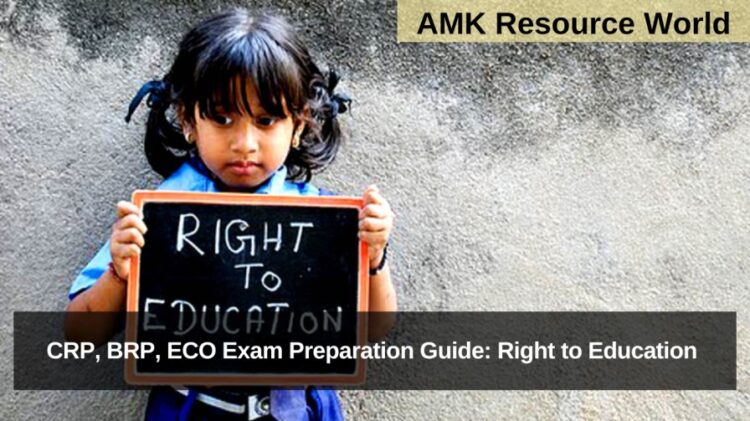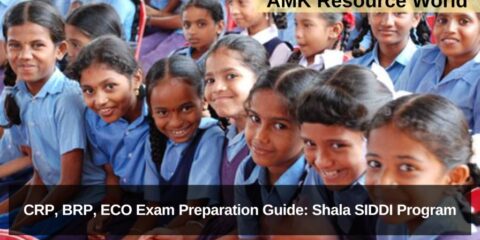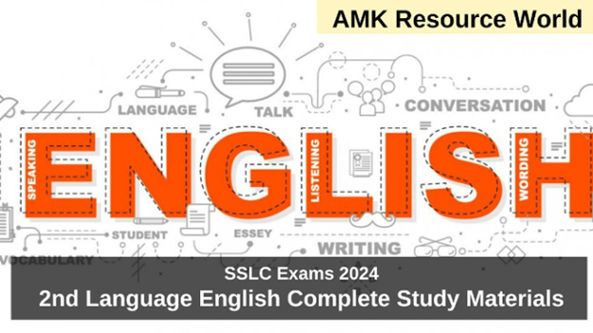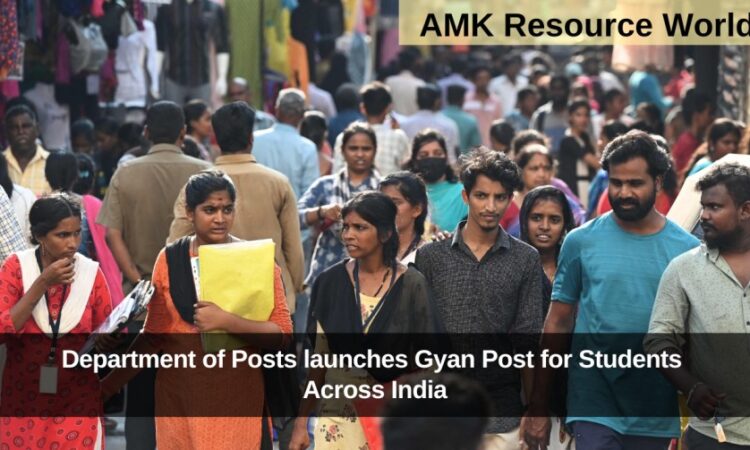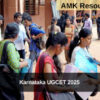The Right to Education (RTE) is a cornerstone of India’s commitment to providing quality education to every child, irrespective of their socio-economic background. Enshrined under Article 21A of the Indian Constitution, the Right to Education Act, 2009, mandates free and compulsory education for all children aged 6 to 14 years. It represents a significant step toward achieving educational equity and social justice in the country.
BACKGROUND AND SIGNIFICANCE
The RTE Act was passed by the Indian Parliament on August 4, 2009, and came into effect on April 1, 2010. It operationalized the 86th Constitutional Amendment, making education a fundamental right for children in the specified age group. Before this, education was considered a directive principle of state policy and not enforceable by law. The RTE Act changed that, making it a legal obligation of both the state and parents to ensure children attend school.
KEY PROVISIONS OF THE RTE ACT
The RTE Act includes several key provisions aimed at improving access to education:
- Free and Compulsory Education: No child shall be required to pay any kind of fee or charge as a condition for admission, attendance, or completion of elementary education.
- Age-appropriate Admission: Children who are not in school or have dropped out are entitled to be admitted to an age-appropriate class and provided special training to bridge gaps.
| Also read: CRP, BRP, ECO Exam Preparation Guide: Foundation Numeracy & Literacy (FLN) |
- No Detention Policy: Until Class 8, children cannot be held back or expelled from school.
- 25% Reservation in Private Schools: Private unaided schools are required to reserve 25% of their seats for children from economically weaker sections (EWS) and disadvantaged groups.
- Infrastructure Norms: Schools must meet specific norms for pupil-teacher ratio, classrooms, drinking water, toilets, and teacher qualifications.
- Prohibition of Capitation Fees and Screening Tests: Schools cannot charge donations or conduct interviews during admissions.
IMPACT OF THE RTE ACT
Since its implementation, the RTE Act has helped improve enrolment rates, especially among girls, scheduled castes (SCs), scheduled tribes (STs), and minority groups. According to various reports, dropout rates in primary education have decreased, and awareness about the importance of education has increased, especially in rural and marginalized communities.
Additionally, the 25% reservation in private schools has created opportunities for underprivileged children to access quality education that was previously beyond their reach. The Act has also encouraged states to upgrade infrastructure and teacher quality in government schools.
CHALLENGES AND THE WAY FORWARD
Despite its positive impact, the RTE Act faces challenges in implementation:
- Poor infrastructure in many government schools.
- Teacher absenteeism and inadequate training.
- Inconsistent implementation of the 25% quota in private schools.
- Lack of awareness among parents about their rights under the Act.
To realize the full potential of the RTE Act, it is crucial to strengthen monitoring mechanisms, ensure better funding, and create awareness campaigns. Furthermore, expanding the Act to include early childhood education and secondary schooling can help create a more comprehensive education framework.
The Right to Education is a powerful legal tool that upholds the fundamental right of every child to learn and grow. As India progresses toward becoming a knowledge-driven society, ensuring the effective implementation of the RTE Act remains essential for inclusive development and national growth.
MULTIPLE CHOICE QUESTIONS WITH KEY
| MCQ | CLICK HERE |
RESOURCE HANDBOOKS
| Handbook 1 | CLICK HERE |
| Handbook 2 | CLICK HERE |
| Handbook 3 | CLICK HERE |
| Handbook 4 | CLICK HERE |
| Handbook 5 | CLICK HERE |
| Handbook 6 | CLICK HERE |
